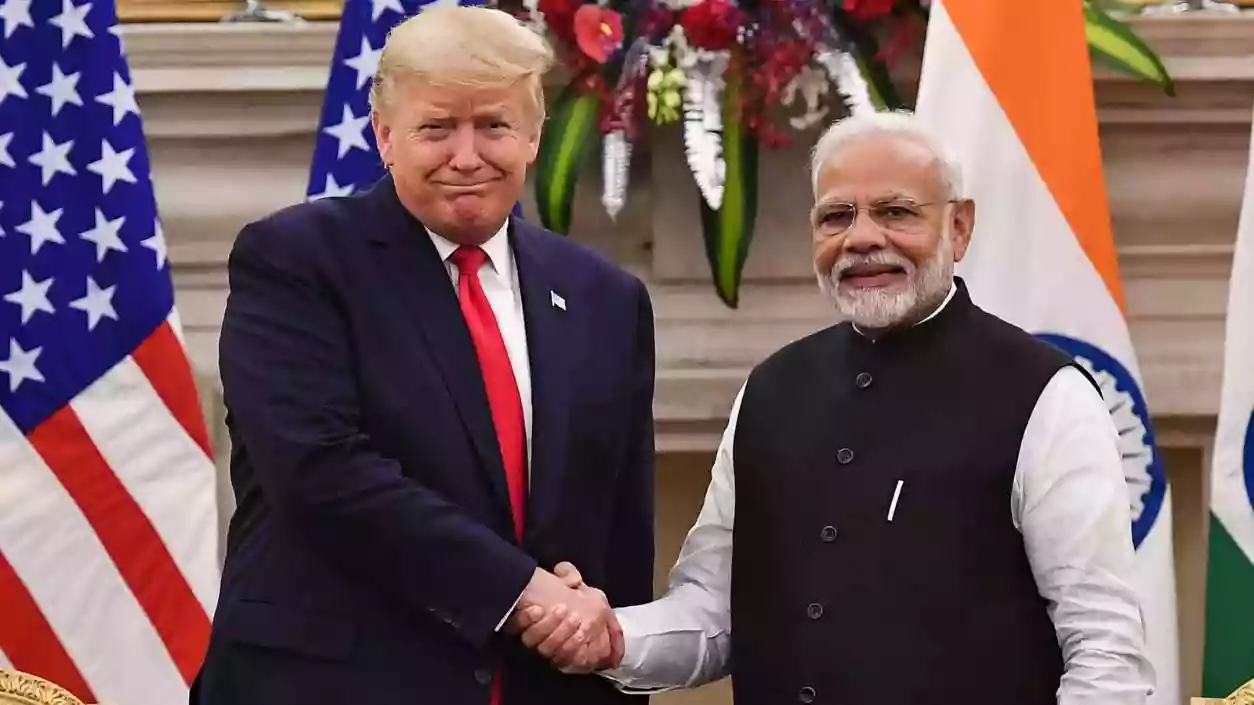.gif)
.gif)

ndia is set to reduce tariffs on several high-end products imported from the United States, including specialized steel, premium motorcycles, and electronic goods. The decision, which is expected to be confirmed during the Union Budget presentation on Saturday by Finance Minister Nirmala Sitharaman, will focus on reducing tariffs on around 20 product categories that currently face duties exceeding 100%. The tariff cuts are part of India’s ongoing efforts to address trade imbalances and promote stronger economic relations with the U.S., without causing significant disruption to domestic industries.
India has long maintained high duties on a variety of U.S. products, including certain types of steel, agricultural goods, and electronics. While these tariffs have been a source of contention in trade negotiations, the proposed reductions are expected to have minimal impact on Indian industries that produce similar goods. The move to lower tariffs on select U.S. imports could help facilitate smoother trade between the two countries, while also allowing India to continue protecting sensitive sectors of its economy.
This tariff adjustment comes amid growing tensions over global trade practices. U.S. President Donald Trump recently criticized India, along with China and Brazil, for imposing high tariffs on American goods. Speaking to House Republicans, Trump referred to these countries as “tremendous tariff makers” and warned, “We’re not going to let that happen any longer… we’re going to put America first.” His comments reflect ongoing concerns within the Trump administration about trade imbalances and tariff practices in key global markets, including India, which is among the world’s largest emerging economies.
In his remarks, Trump emphasized the U.S. administration’s commitment to "reciprocal trade" policies. This approach calls for countries that impose high tariffs on U.S. products to face similar tariffs on their exports to the U.S. Trump has argued that such policies will help reduce U.S. trade deficits and protect American industries from what he considers unfair competition from countries with high import duties. The U.S. has already implemented tariffs on Chinese goods, and Trump has repeatedly called for the imposition of tariffs on other countries with large trade surpluses with the U.S.
India’s potential tariff reductions could be seen as an effort to address concerns raised by the U.S. while maintaining its domestic trade policy. While the move may not resolve all trade-related tensions, it could be viewed as a step toward improving trade relations between the two countries. The U.S. and India have long had strong economic ties, with the U.S. being one of India’s largest trading partners. The reduction in tariffs on U.S. goods could enhance bilateral trade and improve the overall economic relationship between the nations.
India’s decision to lower tariffs coincides with broader global trade dynamics, particularly as countries in the BRICS bloc—including Brazil, Russia, India, China, and South Africa—face increasing scrutiny over trade practices. The U.S. has been critical of what it perceives as unfair trade advantages held by BRICS nations, and India’s planned tariff cuts may be an attempt to mitigate potential negative impacts on its relations with the U.S. and reduce the risk of further trade disputes.
Prime Minister Narendra Modi is scheduled to visit the United States soon, and trade discussions are expected to feature prominently during his visit. The timing of India’s tariff reductions could align with diplomatic efforts to smooth over trade tensions and explore opportunities for deeper economic cooperation. The tariff cuts may also serve as a gesture of goodwill, signaling India’s openness to resolving trade issues while continuing to protect its domestic industries. The move could set the stage for further negotiations aimed at reducing trade barriers between the two countries.